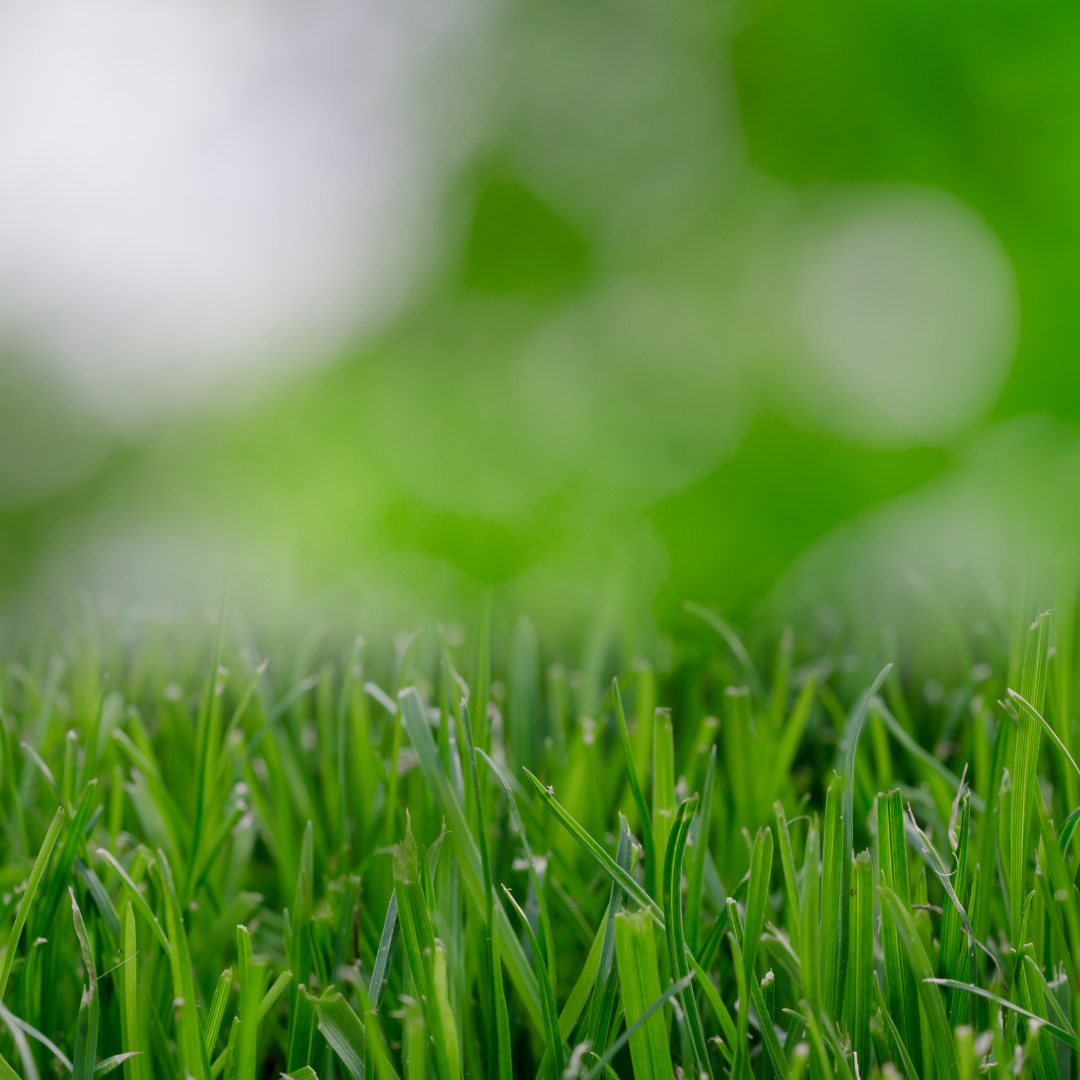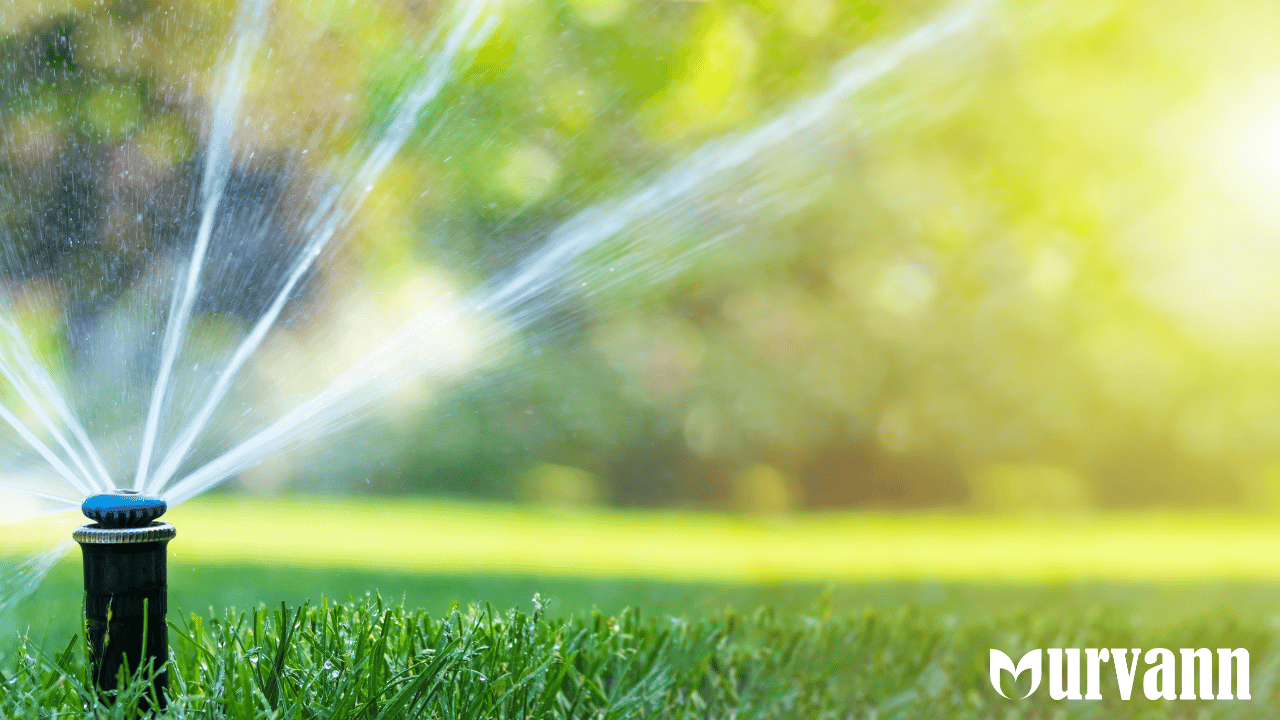Looking at a plastic grass lawn mat in a clinic, I wondered if the actual grasses could be planted at home. Imagine walking up to a clean, fresh grass lawn with the hints of dew every morning, sipping a refreshing drink, and enjoying life. It’s like getting the feel of a park right at your home. When it comes to building a garden, you can always think of the bigger picture and invest in a way that soothes your soul.
Now, do you know that there are many types of grass that you can bring home and enhance the way your garden looks? You can also make some space in an outdoor garden. Just adjust some pots, clean the area, till the soil, and take notes of the information that we are about to give. 
Different Types of Grass For Your Home Garden
-
Bermuda Grass
Your search for types of grass suited to tropical lands, where hot and humid weather is the norm, will often lead you to Bermuda grass. It is best known for standing as the topmost choice for its resistance to challenging conditions like drought and wear and tear. It can easily form dense mats, which can vary in colour depending on the growing conditions. With its quality of being resilient, Bermuda grass tops the choice for being used in the field of sports and many lawns in India.
-
Fescue Grass
Fescue Grass is perfect for a garden where the sunlight reaches less. They come in various types; out of these, tall and blue fescue can be easily spotted in India. Tall fescue is used for the fields that require more resilience, while blue fescue is perfect to make a garden appear decorative. If I had to highlight the shape, then it can range from fine needle-like to broad-strapped grass.
-
Perennial Ryegrass
Next comes in, Perennial Ryegrass! Another great choice for low-light gardens, Perennial Ryegrass is very easy to grow. It is often preferred for livestock feed due to its high digestibility and rich protein content. Originally found in Europe, it can now be cultivated across the globe. Perennial Ryegrass is also commonly seen along roadside verges. The grass has earned a name for quick germination and the ability to thrive in various kinds of soil.
-
Buffalo Grass
A unique name, isn’t it? It’s named like that as it’s a common food source for bison (American Buffalo). Buffalo Grass is a warm-season grass that’s perfect for summer gardens. It goes dormant and turns brown in the winter, thus, it is only suitable for hot areas.
-
Zoysia Grass
Among all the fast growers on the list, Zoysia stands out for its slower growth rate, which also means less time spent in the field for you to mow it every now and then. It thrives in the summer season, benefiting from long hours of sunlight that help it develop a dense, carpet-like texture and excellent drought tolerance. Zoysia is among those turfgrasses that can withstand high foot traffic.
-
St. Augustine Grass
Another perfect choice for tropical regions is St. Augustine! As per our research, this grass was found on the shores of the Atlantic Ocean, and is named after one of the oldest cities in America, known as St Augustine. In the world of turfgrasses, St Augustine is also recognised for its broader leaves and ability to thrive in coastal areas very well. Rather than other grasses in this list, St Augustine is perfect for the shady regions and needs more water to thrive. It is one of the expensive varieties which requires care - mowing, watering, and fertilisation regularly.
-
Centipedegrass
Centipede grass is one of those turf grasses that is easier for homeowners to maintain. It has a slow and steady growth, and carries a light green colour which gives a vibrant look to your garden. It can withstand drought and is ideal for the warmer months. This means that if you go on a vacation, you just need to water its strong roots deeply. You can also install a drip irrigation system to maintain consistent watering.
Do check out our blog on how to take care of your plants while on vacation.
-
Seashore Paspalum
As the name suggests, Seashore Paspalum is one of the grasses we recommend if you’re looking for something in coastal areas. It is one of the perfect choices for stadiums or areas that do not receive a lot of sunlight.
-
Kentucky Bluegrass
Next, Kentucky Bluegrass is a perfect choice for chilly cold winters. It is adored for its rich colour, soft texture, and ability to spread quickly. While it grows more actively in spring and fall, it benefits from moderate sunlight and well-drained soil. It requires active care, and in return, it offers the lawn with dense foliage that can withstand excess foot traffic.
-
Lemon Grass
Last but not least, there is another variety with which you are very familiar. Yes, lemon grass is also a form of grass, so why exclude it? While we do not recommend it for a huge garden area or lawn, it can be a nice addition to a kitchen garden or as an insect repellent variety, which can be used for culinary or herbal DIY purposes.
Advantages of Having Grass in a Lawn
1. Instant Calm and Beauty
Imagine coming to your garden after you’ve had a long day. You come to the green lawn, instantly welcomed by a calming breeze. Grass has a way of adding natural beauty and a sense of peace to any space. It’s like creating a space in which you can unwind and be in close proximity to nature.
2. It Can Also Create a Play Zone
Make an elegant, safe space at your home for the kids. I remember one of my relatives had a mini garden inside their home. It was not only a sweet spectacle giving away the quiet chirp of birds first thing in the morning, but also became a soft surface for all kinds of fun. Unlike concrete or tiles, it cushions falls, making it a worry-free area for both little ones and pets.
3. Cooler Temperatures
Grass helps keep your garden cooler. On hot summer days, grassy areas stay significantly cooler than bare soil or concrete surfaces.
4. Natural Air Purifier
Grass absorbs the harmful contaminants that flow with the air, supplying you with clear oxygen to breathe. So while you enjoy your morning coffee in the garden, your lawn is quietly helping you ease.
5. Prevents Soil Erosion
Grass prevents soil erosion caused due to runny grounds on during the rains. It also holds the ground together with its roots.
6. Adds Value to Your Home
A simple-looking home or a home with a small garden, which would you choose? The results are quite clear. It can add a greener and cleaner look to your garden, making it look cared for. It also adds value in case you want to put it on lease or sell it.
7. Holds together the Biodiversity
You might not have thought about it till now, but you’re doing a greater good for the nature around your home. Grass gradually becomes a shelter for beautiful insects like bees and butterflies. It is an added bonus to the point of preventing soil erosion. The grass requires fewer chemicals to thrive and at the same time keeps it all together, without harming insects or plants around.
Process to Plant & Caring for the Grass
Now, you have an idea about the grasses available across India, and want to know how you can prepare your garden or lawn for the same? Don’t worry, planting grass is simpler than it seems, and with a little care, you’ll soon be walking barefoot on your very own green paradise.
Let’s break it down into easy steps.
Step 1: Prepare your ground
Before the grass does its magic, you have to show some love to the soil. Remove weeds, twigs, dried leaves, or any unwanted material gathered on the ground that’s in need. Now, the part comes where you have to loosen the soil with the help of a rake or tiller. You can rake it below 3 to 4 inches to help grass develop rhizomes and get good air circulation. You can also add compost to the topmost layer, which helps add essential nutrients to the soil and a healthy base for the grass to grow.
Step 2: Time to Choose Grass Seeds
It can be a matter of choice, but also consider the factors like wear and tear or the sunlight the specific area is going to receive. Some might choose it for a garden with small plant pots, while some may prefer establishments having trees (the sunlight reaching them may vary). If it’s the season of the sun, then you can go with the heat tolerant varieties, like Bermuda Grass. You can go with grass types like Perennial Ryegrass and Fescue if you need something for the low-light area.
Step 3: Sow the Seeds
I guess the fun part (actually) begins here. Sprinkle the seeds evenly across the area. For a large space, you can use a seed spreader.
After planting, gently press the seeds into the soil with a roller or walk over them lightly to ensure they are perfectly set.
Step 4: Water Wisely
Take care of watering, just like you do with plants. After sowing the seeds, water them to let them settle without any further hindrance. If you’re planting in hot weather, moisten the soil by watering lightly daily. To maintain the moisture for most of the day, try morning watering.
Step 5: First Cut & Ongoing Care
Your new lawn will start sprouting in no time. Also, make sure that you prune the grass from time to time. Feed it with a balanced lawn fertiliser every few months.
Let’s Grow Green For Good!
So, I hope this blog gives you an idea that a grassland-like field or a fairytale-like small garden is not hard to achieve. With this list, you have finally added the advantage of knowing about 10 grasses popular across India. Now, you just have to pick a weekend and start with the process of mowing the field and sowing the seeds. If you have any queries, write them below, and our team will reach out to you.
“Knock, Knock! ” Your plant delivery partner is here! If you’re a plant lover looking for affordable plants across Delhi, Faridabad, Ghaziabad, Gurugram, Noida and Bangalore, visit the Urvann India website today. We are here to make gardening as pocket-friendly as it has always been. From something for your balcony to enhance the look of your room on rent, we have plants for every need.
Frequently Asked Questions about Types of Grass For Home
-
Which grass is appropriate as per the Indian climate?
As per the Indian climate, Bermuda grass suits well. This kind of grass is very resilient and can grow in hot and humid environments.
-
Which type of grass is perfect for India?
If you are looking for a variety that is perfect for the low-light areas, then grass like St Augustine and Zoysia Grass should be planted in the lawn.
-
What kind of grass is used in Cricket Fields?
Generally, the grass used in cricket stadiums is Perennial Ryegrass, but it may also depend on the climatic conditions. Depending on this, Bermuda grass can also be used in tropical areas.
-
In what ways should I choose the grass type for my garden?
The choice must be made considering the factors like the amount of sunlight in my area, specific requirements of the grass and wear and tear the area is prone to.


